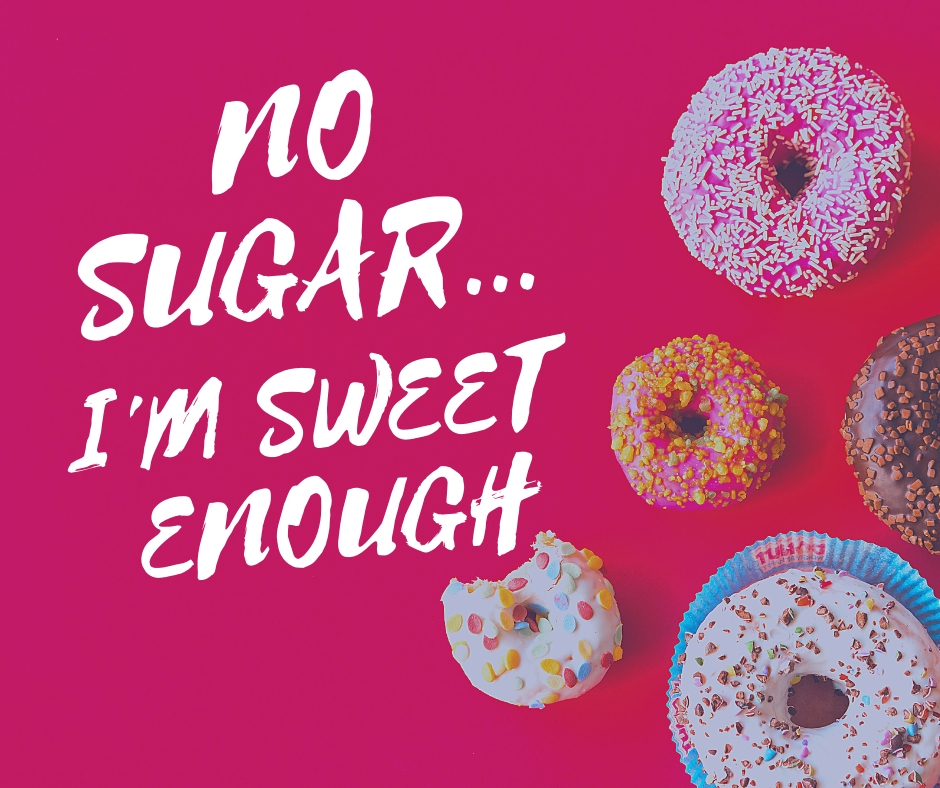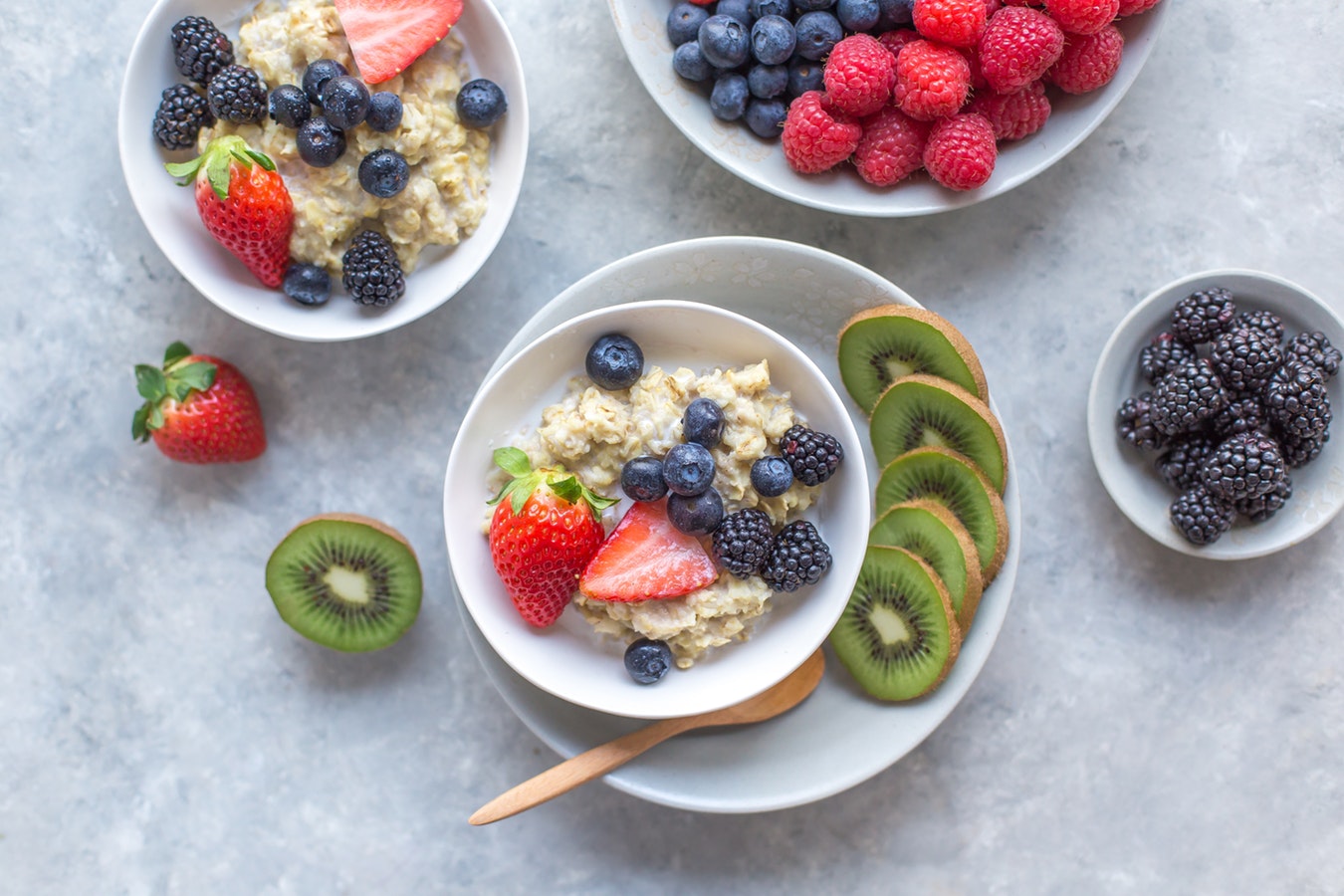
Added sugars are empty calories. Your body doesn’t need them, and they can pack on the pounds pretty quickly. The average American eats about 22 teaspoons a day. That’s more than triple what women should get and double the recommended amount for men. But it’s not hard to cut back on sugar – and maybe not even miss it.
It may be an obviously smart move to reach for cookies, candy, and other sweets less often. But sugar lurks in processed foods, including savory ones like sauces and dressing. Food manufacturers use sugar to extend their products’ shelf life. Aim to eat more fresh foods and fewer of those that are sold in packaging.
1. Be a Sugar Sleuth
These are few of the names for added sugar. Many food labels will have to list the amount starting in January 2020:
- Evaporated cane juice
- Fruit juice concentrate
- Brown rice syrup, malt syrup, corn syrup, date syrup
- Barley malt
- Galactose or glucose
A teaspoon holds 4 grams of sugar. Men should get no more than 9 teaspoons and women no more than 6 teaspoons a day.
2. Go Slow
Some people find it hard to give up sugar cold turkey. So it’s best to cut back in steps. If you usually enjoy your coffee with 2 spoonfuls of sugar, try it with 1½. Keep stirring in a bit less and less over time. Who knows, you just might discover that your prefer your java black.
3. Smart Swaps for Coffee and Tea
Lemon, licorice, and anise are good flavorings for your tea. For coffee, try cinnamon, vanilla extract, or unsweetened cocoa powder. If you can drink milk, stir some in to add sugar that’s natural, but not sweet.
Tip: Scan the nutrition information for your favorite coffee-shop beverage to learn which ones are loaded with the sweet stuff.
4. Rethink Soft Drinks
A regular 12-ounce can of soda has 8 teaspoons of sugar. So swap your sodas. Sip on ones with less sugar, artificial sweeteners, or nothing at all. Ease your taste buds off sugar over time. Someday, your go-to drink might be sparkling water with a splash of fruit juice.
5. Favor Fruit
The sugar found in fruits is a great way to sweeten meals. Sprinkle raisins and chopped dates into salads and grain dishes. Add fruit salsas and chutneys to grilled or roasted meats, poultry, and fish. Mind the fruit portions, since natural sugar is still sugar.

6. Better Breakfast
Some servings of children’s cereal have as much sugar as three chocolate chip cookies! Try switching to whole-grain hot cereals like regular cooked (not instant) oatmeal. They usually have very little or no sugar. Mix in some mashed bananas or apples and cinnamon to kick the flavor up a notch.
7. Bring on the Heat
Grilling or roasting brings out the sweetness in fruits. Add them to desserts or enjoy them all by themselves. Think baked apples, poached pears, grilled pineapple, and the like. You can do the same with veggies. Roasted sweet potatoes and carrots are surprisingly sweet, compared to their raw versions. Sautéed onions and fire-roasted red peppers add sweet notes to many savory dishes.
8. Sub in Spices
You detect 80% of flavor through your nose. So trick your brain by cutting a quarter of the sugar in non-baking recipes and replacing it with sweet-smelling spices like cinnamon, nutmeg, and vanilla. Spices are good for your body, too. They’re packed with nutrients like calcium, fiber, iron, magnesium, and vitamins like C, K, and A.
9. Stir in Applesauce
Bake with unsweetened applesauce in place of sugar in your muffins, banana bread, and cakes. It adds texture and taste, and no added sugar. Try a 1-to-1 swap to start, and experiment until you hit the right balance. Since applesauce is watery, cut down on liquids in your recipe by about a quarter-cup.
10. Healthier Frosting
Try this chocolate-avocado frosting on your next cake. It has less sugar then regular chocolate frosting and packs nutrients like fiber, healthy fats, and protein:
- Mix 2 ripe avocados in a blender or food processor.
- Add ½ cup cocoa powder, ¼ cup maple syrup, and ¼ tsp vanilla extract.
- Salt to taste.
11. Pick Dark Chocolate
Love chocolates? No need to deny yourself. Just choose dark chocolate. It usually has less sugar and fat than milk or white chocolate. Studies have shown that dark chocolate can keep your heart healthy, too. The higher the cocoa content, the better. So look for dark chocolate that has 70% cocoa or higher. Nibble 1-2 ounces a few times a week for a smarter way to satisfy your sweet tooth.
12. Watch Condiments
Sugar lurks in many bottles. Barbecue sauce, ketchup, and salad dressings are often loaded with surprising amounts of sugar. Why not make your own seasonings and condiments? Whip up an easy vinaigrette with olive oil, red wine vinegar, Italian spices, and garlic. Fresh or dried herbs can add flavor to meats.
Another tip: Try no-sugar-added pasta or marinara sauce, with a dash of your own spices.
13. Limit No-Calorie Substitutes
Artificial sweeteners can be 150 times sweeter than sugar but have little or no calories. What’s not to like? For one thing, they may make you crave sweets more and lead to unhealthy food choices. Artificial sweeteners don’t spike your blood sugar, so they can help you manage your diabetes. Ask your doctor if and how long you should use sugar substitutes.

























